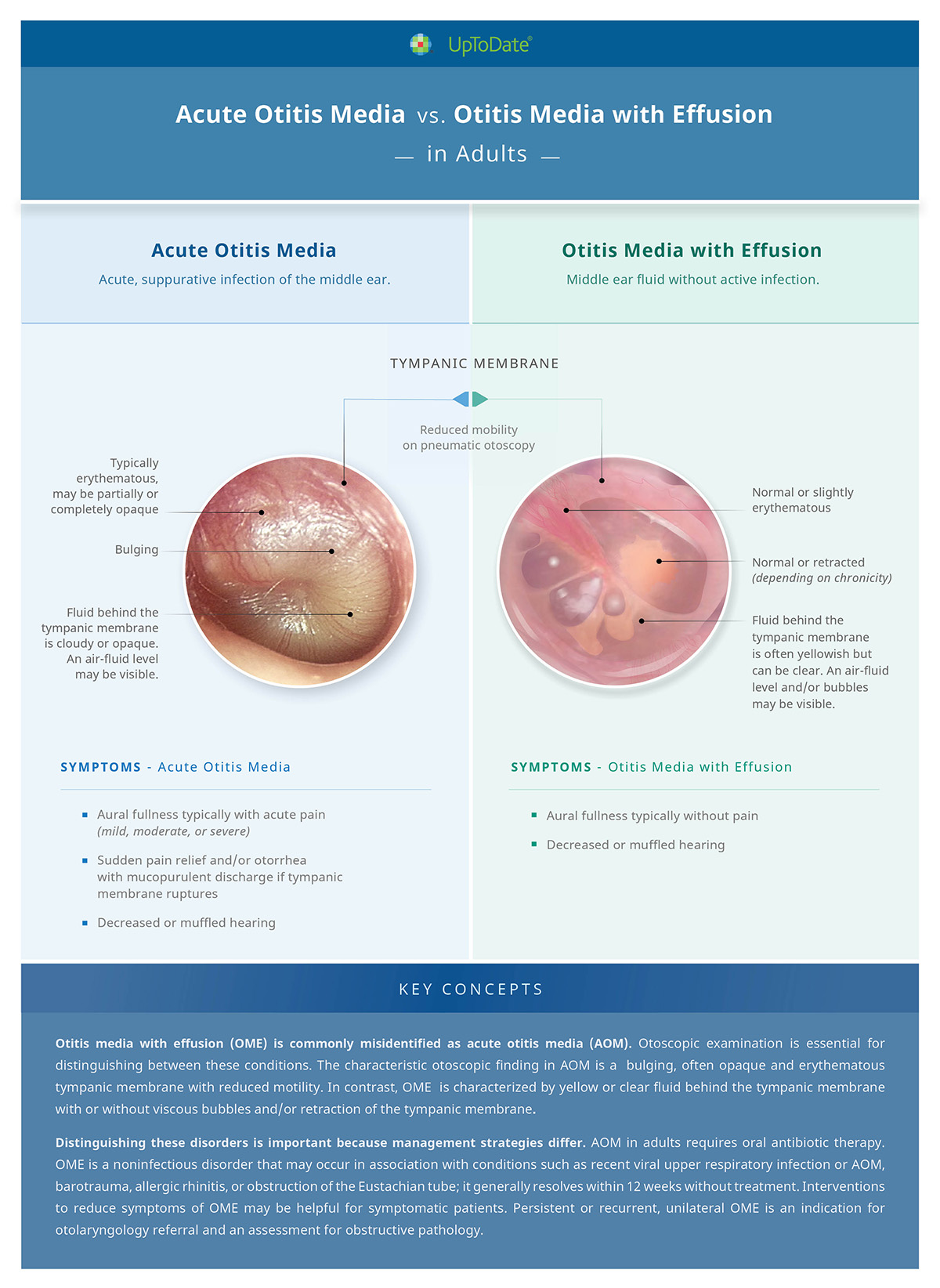Doxycycline isn’t a first-line treatment for otitis media (ear infection), particularly in children. Amoxicillin is generally preferred due to its safety profile and efficacy against common bacterial culprits. However, doxycycline may be considered in specific circumstances, such as penicillin allergy or failure of initial antibiotic therapy.
Adult patients with confirmed bacterial otitis media and a known penicillin allergy often benefit from doxycycline. The typical adult dosage is 100mg twice daily for 7-10 days. Close monitoring is needed, and alternative antibiotics should be considered if symptoms don’t improve within 48-72 hours.
Children should generally avoid doxycycline due to the risk of tooth discoloration. In rare cases, where other antibiotics have failed and the benefits outweigh the risks, a physician may prescribe it under strict supervision, often using a different dosing regimen. Always discuss alternative options with your pediatrician before considering doxycycline for a child.
Remember: This information is for educational purposes only and does not constitute medical advice. Always consult a healthcare professional for diagnosis and treatment of otitis media. Self-treating can be harmful and delay appropriate care.
- Doxycycline for Otitis Media: A Detailed Overview
- Understanding Otitis Media and Its Treatment
- Causes and Symptoms
- Treatment Options
- Important Considerations
- When to Seek Medical Attention
- Doxycycline’s Mechanism of Action Against Bacteria Causing Otitis Media
- Targeting Bacterial Ribosomes
- Bacterial Species Affected
- Limitations and Considerations
- Specific Dosage and Administration
- Effectiveness of Doxycycline Compared to Other Antibiotics for Otitis Media
- Doxycycline’s Role in Specific Situations
- Alternatives to Doxycycline
- Potential Side Effects and Risks Associated with Doxycycline Use
- Gastrointestinal Upset and Other Common Side Effects
- Less Common but Serious Side Effects
- Medication Interactions and Pregnancy
- When is Doxycycline Appropriate for Otitis Media Treatment?
- Considerations for Using Doxycycline in Specific Patient Populations (Children, Pregnant Women, etc.)
- Pregnancy and Breastfeeding
- Patients with Renal or Hepatic Impairment
Doxycycline for Otitis Media: A Detailed Overview
Doxycycline isn’t a first-line treatment for otitis media (middle ear infection). Amoxicillin is typically preferred due to its effectiveness and safety profile for children. However, doxycycline may be considered in specific circumstances.
One such scenario involves penicillin allergy. If a patient has a documented severe allergic reaction to penicillin, doxycycline might be an alternative, especially for adults. The specific choice depends on the infection’s severity and the patient’s medical history. Always consult a doctor for appropriate antibiotic selection.
Another case where doxycycline might be relevant is atypical bacterial pathogens. Mycoplasma pneumoniae or Chlamydia pneumoniae can sometimes cause otitis media. Doxycycline demonstrates activity against these organisms, but this is less common and requires a specific diagnosis.
Dosage for doxycycline varies depending on age and the patient’s condition. A doctor determines the correct dosage and treatment duration. Always follow prescribed instructions carefully, completing the entire course even if symptoms improve.
Potential side effects include nausea, vomiting, diarrhea, and photosensitivity. Serious side effects, though rare, include liver damage and esophageal irritation. These warrant immediate medical attention. Regular monitoring and open communication with your physician are crucial.
Remember, this information is for educational purposes only and doesn’t substitute professional medical advice. Always consult a healthcare professional for diagnosis and treatment of otitis media.
Understanding Otitis Media and Its Treatment
Otitis media, or middle ear infection, is a common childhood illness. It occurs when the middle ear space behind the eardrum becomes inflamed and filled with fluid, often causing pain, fever, and hearing loss.
Causes and Symptoms
Most cases are caused by viral or bacterial infections, often following a cold or upper respiratory infection. Common symptoms include earache (otalgia), fever, feeling of fullness in the ear, and sometimes drainage from the ear. Infants may be fussy, pull at their ears, or have trouble sleeping.
- Pain: Sharp, throbbing pain in the affected ear.
- Fever: Often present, especially in bacterial infections.
- Hearing Loss: Fluid buildup can temporarily impair hearing.
- Drainage: Pus or fluid may drain from the ear.
Treatment Options
Treatment depends on the severity and the child’s age. Many mild cases resolve on their own within a few days. However, antibiotics like doxycycline are sometimes necessary to fight bacterial infections. Your doctor will determine the best course of action based on your specific situation. They might recommend:
- Observation: For mild cases, careful monitoring for improvement is often sufficient.
- Pain Relief: Over-the-counter pain relievers, such as acetaminophen or ibuprofen, can help manage pain and fever.
- Antibiotics: Prescribed for moderate to severe infections or those that don’t improve with time. Doxycycline is one antibiotic option, but others may be used depending on age and the bacteria involved.
- Myringotomy: In severe or recurrent cases, a small incision in the eardrum (myringotomy) may be performed to drain fluid and relieve pressure.
Important Considerations
When to Seek Medical Attention
Seek immediate medical attention if your child experiences severe ear pain, high fever, signs of hearing loss, or drainage from the ear. Early diagnosis and treatment are key to preventing complications.
Disclaimer: This information is for educational purposes only and does not constitute medical advice. Always consult a healthcare professional for any health concerns or before making any decisions related to your health or treatment.
Doxycycline’s Mechanism of Action Against Bacteria Causing Otitis Media
Doxycycline combats bacteria responsible for otitis media by inhibiting protein synthesis. This occurs through binding to the 30S ribosomal subunit of susceptible bacteria.
Targeting Bacterial Ribosomes
Specifically, doxycycline prevents the binding of aminoacyl-tRNA to the A-site on the 30S ribosomal subunit. This blockage halts the elongation phase of bacterial protein synthesis, effectively stopping the production of essential bacterial proteins.
Bacterial Species Affected
- Haemophilus influenzae: Doxycycline’s activity against H. influenzae, a common otitis media culprit, is well-established. Its effectiveness varies depending on antibiotic resistance patterns, however.
- Moraxella catarrhalis: Similar to H. influenzae, doxycycline can effectively inhibit protein synthesis in M. catarrhalis, another frequent cause of otitis media. Again, resistance patterns influence its efficacy.
- Streptococcus pneumoniae: While doxycycline may exhibit some activity against S. pneumoniae, its use against this pathogen in otitis media is limited due to concerns about resistance. Other antibiotics are usually preferred.
Limitations and Considerations
- Antibiotic Resistance: Bacterial resistance to tetracyclines, the class to which doxycycline belongs, is a growing concern. Always check local resistance patterns before prescribing.
- Not First-Line Treatment: Doxycycline is typically not the first-line choice for otitis media. Amoxicillin or other beta-lactam antibiotics are usually preferred due to their broader effectiveness and lower risk of resistance development. Doxycycline is frequently reserved for patients with allergies or failures of other treatments.
- Adverse Effects: Doxycycline can cause gastrointestinal upset, photosensitivity, and tooth discoloration in children. These potential side effects must be carefully weighed against its therapeutic benefits.
Specific Dosage and Administration
Dosage and administration of doxycycline for otitis media should follow established guidelines and always be determined by a physician, considering the patient’s age, weight, and overall health. Self-medication is strongly discouraged.
Effectiveness of Doxycycline Compared to Other Antibiotics for Otitis Media
Doxycycline isn’t a first-line treatment for otitis media because its efficacy varies depending on the infecting bacteria. Amoxicillin remains the preferred initial choice for most cases due to its broad-spectrum activity and proven effectiveness against common pathogens. However, if a patient demonstrates an allergy to penicillin or fails to respond to Amoxicillin, Doxycycline might be considered.
Doxycycline’s Role in Specific Situations
Studies show Doxycycline can be successful against Mycoplasma pneumoniae and Chlamydia pneumoniae, bacteria sometimes involved in otitis media, especially in persistent or recurrent infections. However, it’s less effective against common bacterial causes like Streptococcus pneumoniae and Haemophilus influenzae. Therefore, using Doxycycline necessitates careful consideration of the likely pathogens and antibiotic sensitivity testing whenever possible.
Alternatives to Doxycycline
Amoxicillin-clavulanate offers broader coverage against beta-lactamase-producing bacteria, making it a strong alternative if Amoxicillin alone proves insufficient. Cefuroxime or azithromycin may also be appropriate options, depending on the specific circumstances and the infecting organism. The choice should always align with local antibiotic resistance patterns and clinical guidelines. A physician should always make the final decision based on patient history, current symptoms, and test results.
Potential Side Effects and Risks Associated with Doxycycline Use
Doxycycline, while effective against certain bacteria causing otitis media, carries potential side effects. Gastrointestinal issues are common, including nausea, vomiting, and diarrhea. These usually are mild and resolve without intervention. However, severe diarrhea could indicate Clostridium difficile infection, requiring immediate medical attention.
Gastrointestinal Upset and Other Common Side Effects
Beyond digestive problems, you might experience sun sensitivity. Therefore, minimize sun exposure and use sunscreen with a high SPF. Another potential side effect is yeast infections, particularly in women. If you notice unusual vaginal discharge or itching, contact your doctor.
Less Common but Serious Side Effects
Although rare, doxycycline can cause more serious reactions. These include esophageal irritation (burning sensation when swallowing), so take the medication with plenty of water and sitting upright. Rarely, it can affect the liver, indicated by jaundice (yellowing of skin and eyes) or dark urine. Severe allergic reactions, such as swelling of the face, lips, or tongue, require immediate medical attention. It’s also crucial to inform your doctor about other medications you are taking as interactions can occur.
Medication Interactions and Pregnancy
Important Note: Doxycycline can interact with certain medications, including antacids and blood thinners. It’s vital to disclose all your medications to your doctor. Moreover, doxycycline isn’t recommended during pregnancy or breastfeeding due to potential harm to the fetus or infant. Always consult your physician before taking doxycycline, especially if you are pregnant, breastfeeding, or have pre-existing medical conditions.
When is Doxycycline Appropriate for Otitis Media Treatment?
Doxycycline is generally not the first-line treatment for otitis media (middle ear infection). Amoxicillin is usually preferred due to its efficacy and safety profile.
However, doxycycline might be considered in specific situations:
| Scenario | Explanation |
|---|---|
| Penicillin allergy | If a patient has a severe penicillin allergy, doxycycline can be a suitable alternative, especially for adults. Always carefully assess the allergy history and consider potential cross-reactivity. |
| Atypical bacterial pathogens | In cases of suspected infection caused by atypical bacteria like Mycoplasma pneumoniae or Chlamydia pneumoniae, which can sometimes contribute to otitis media, doxycycline’s broader spectrum may be beneficial. This is usually determined by clinical presentation and testing. |
| Failure of initial antibiotic therapy | If other antibiotics fail to resolve the infection, a physician might consider doxycycline, alongside further diagnostic investigation to identify the causative organism and its antibiotic susceptibility. This situation requires careful consideration of potential side effects and the risk of antibiotic resistance. |
Remember, this information is for general knowledge and should not replace professional medical advice. Always consult a healthcare provider for accurate diagnosis and treatment plan for otitis media. They will consider individual factors like age, medical history, and the severity of the infection to make an informed decision regarding appropriate antibiotic treatment.
Considerations for Using Doxycycline in Specific Patient Populations (Children, Pregnant Women, etc.)
Doxycycline is generally not recommended for children under eight years old due to potential tooth discoloration. For older children, carefully weigh the benefits against the risks, considering alternative antibiotics if possible. Always monitor for potential side effects like photosensitivity.
Pregnancy and Breastfeeding
Avoid doxycycline during pregnancy, as it can harm the developing fetus. Similarly, discontinue breastfeeding if doxycycline treatment is necessary. Consult your physician for suitable alternatives. Detailed risk assessment is crucial before prescribing during lactation.
Patients with Renal or Hepatic Impairment
Adjust the doxycycline dosage for individuals with impaired kidney or liver function to prevent drug accumulation and adverse events. Closely monitor these patients for signs of toxicity. Specific dosage adjustments depend on the severity of the impairment and should be determined by a physician.







